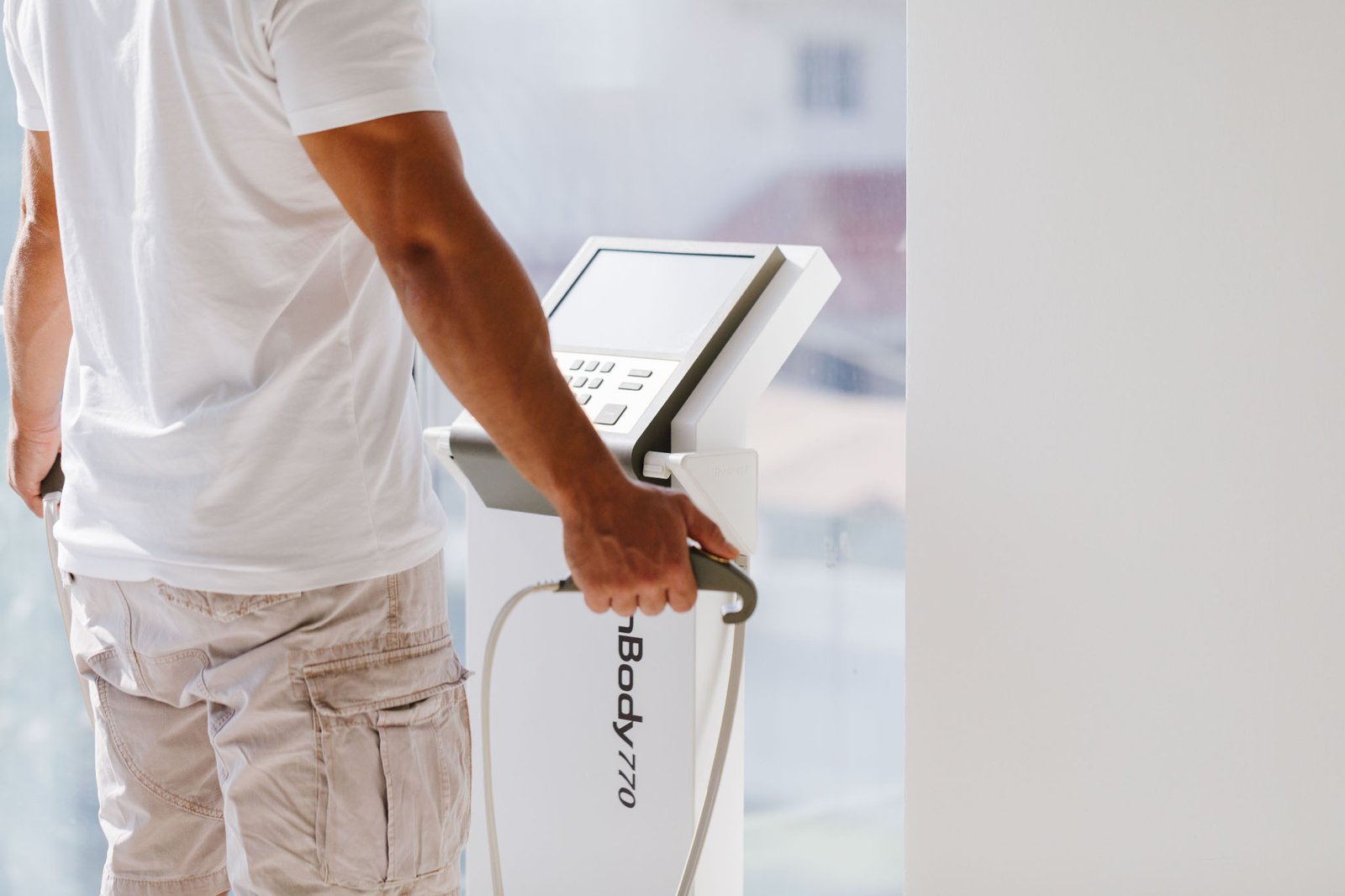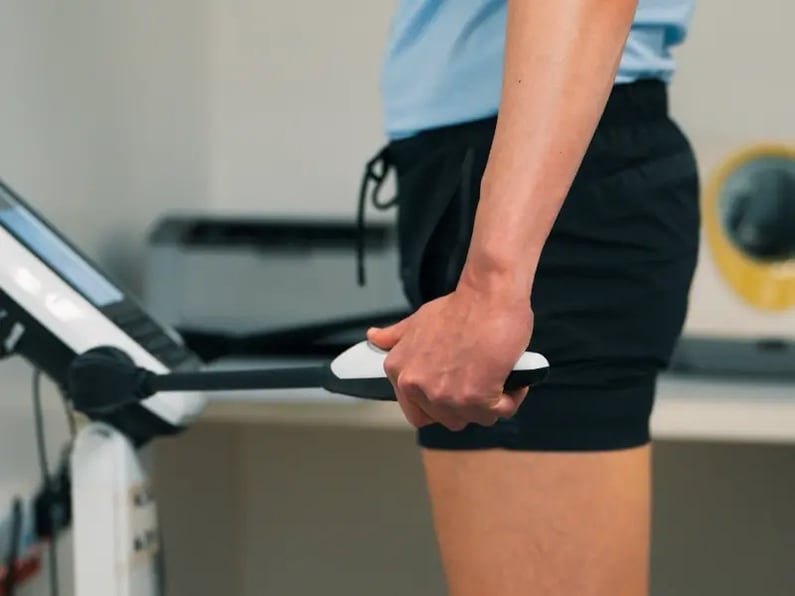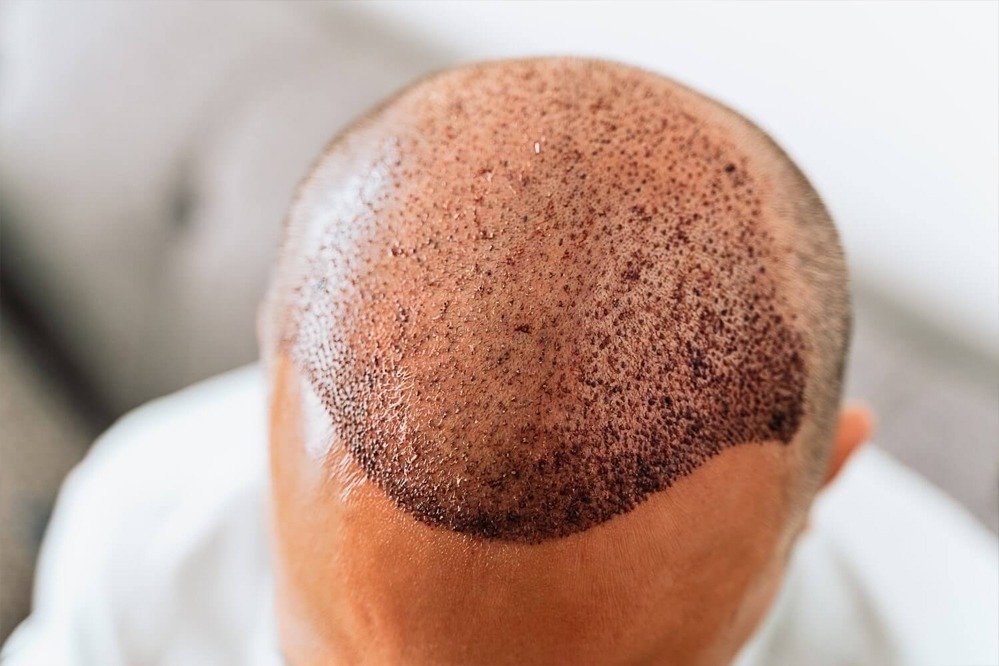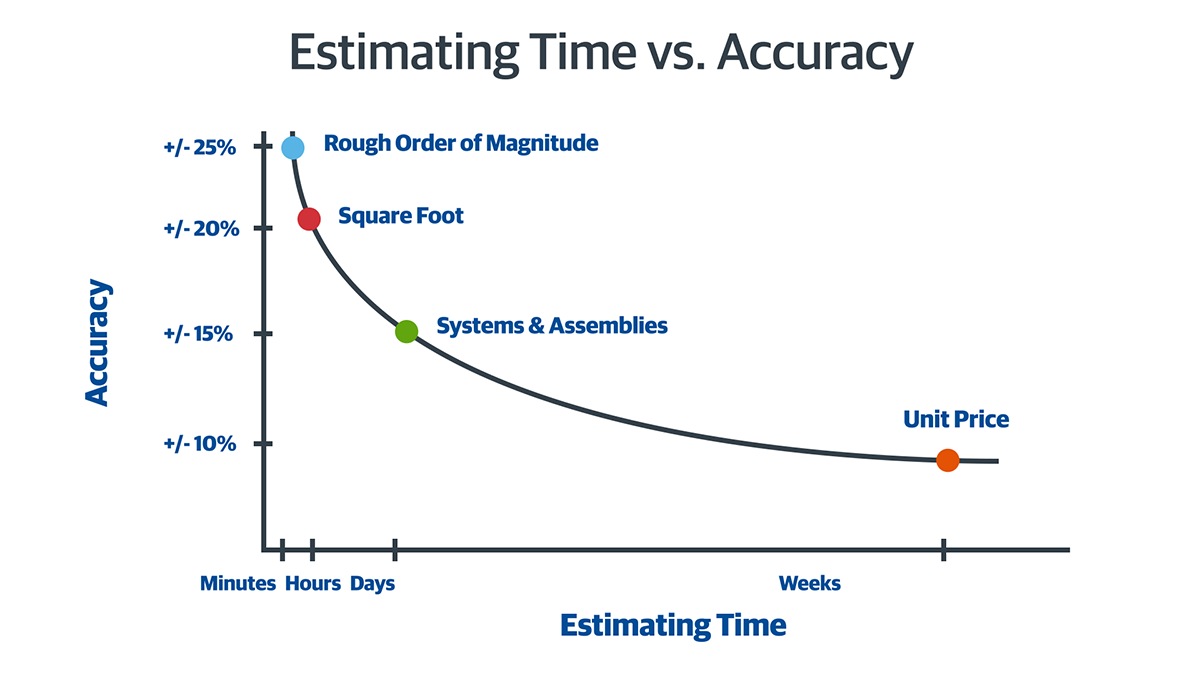In today’s health-conscious world, understanding your body composition is essential for achieving optimal fitness and wellness goals. In-Body Analysis provides valuable insights into various body metrics, such as muscle mass, fat percentage, water content, and more, enabling individuals to tailor their diet and exercise plans effectively. Traditionally, this analysis was conducted in clinical or gym settings, but advancements in technology now make it possible to perform In-Body Analysis at Home in Abu Dhabi with accuracy and ease. This guide aims to provide an in-depth understanding of what in-body analysis entails, how it can benefit you, and tips for obtaining the most precise results from home-based assessments.
What is In-Body Analysis?
Understanding Body Composition Metrics
In-Body Analysis involves measuring different components that make up your body, offering a comprehensive view of your physical health. Key metrics include:
- Body Fat Percentage: Indicates the proportion of fat in your body.
- Muscle Mass: Reflects the amount of muscle tissue.
- Water Content: Shows hydration levels.
- Bone Density: Provides insight into bone health.
- Basal Metabolic Rate (BMR): Estimates the number of calories your body needs at rest.
Significance of Body Composition Data
Having detailed body composition data helps in setting realistic fitness goals, tracking progress, and preventing health issues related to obesity or malnutrition. It also aids in customizing nutrition and workout routines to suit individual needs.
Advancements in Home-Based In-Body Analysis
The Rise of Portable Devices
The evolution of technology has led to the development of portable, user-friendly devices capable of performing in-body analysis at home. These gadgets often use bioelectrical impedance analysis (BIA) technology to estimate body composition metrics accurately when used correctly.
Benefits of Home-Based Analysis
- Convenience: Perform assessments without visiting a clinic or gym.
- Frequency: Track progress regularly for better motivation.
- Privacy: Conduct measurements in the comfort of your home.
- Cost-Effective: Save on repeated clinic visits.
Key Features to Look for in Devices
- Accuracy: Devices calibrated for precise measurements.
- Ease of Use: Simple interfaces suitable for non-professionals.
- Connectivity: Sync data with apps for tracking over time.
- Multiple User Profiles: Share device among family members.
How to Prepare for Accurate In-Body Analysis at Home
Optimal Conditions for Measurement
Achieving consistent and reliable results requires specific preparations:
- Hydration: Be well-hydrated but avoid excessive drinking immediately before measurement.
- Fasting: Measure in a fasting state or several hours after meals.
- Bladder Empty: Ensure your bladder is empty for accurate readings.
- Consistent Timing: Perform measurements at the same time each day.
- Avoid Exercise: Refrain from vigorous activity before testing.
Proper Device Usage
- Follow the manufacturer’s instructions carefully.
- Stand or sit correctly on the device.
- Ensure good contact with electrodes if applicable.
- Record measurements consistently for tracking progress.
How to Get Accurate In-Body Analysis at Home Results?
Ensuring Consistency and Reliability
To maximize accuracy, it’s crucial to maintain consistent testing conditions, such as measuring at the same time daily and under similar hydration levels. Regular calibration of devices and proper storage are also essential. Comparing results over time can help identify trends rather than focusing on day-to-day fluctuations. It’s beneficial to keep a detailed log of your measurements to monitor progress effectively.
Understanding Limitations
While home devices are highly beneficial, they may have limitations compared to clinical-grade equipment. Factors such as electrode placement, hydration status, and device quality can influence results. Therefore, it’s important to interpret data as part of a broader health assessment rather than an absolute measure.
Expert Consultation
For a comprehensive understanding of your body composition, consider consulting healthcare or fitness professionals periodically. They may recommend more advanced testing methods and provide personalized guidance based on your results.
Benefits of Regular In-Body Analysis
Tracking Fitness Progress
Regular assessments enable you to see how your body responds to diet and exercise routines, allowing for timely adjustments.
Motivation and Accountability
Seeing measurable changes can boost motivation and encourage adherence to your health plan.
Early Detection of Changes
Monitoring body composition helps identify early signs of health issues, such as increased fat accumulation or muscle loss, prompting proactive measures.
Integrating In-Body Analysis into Your Wellness Routine
Setting Realistic Goals
Use initial measurements to establish baseline metrics. Set achievable targets for fat reduction, muscle gain, or hydration improvement.
Creating Personalized Plans
Leverage your data to develop tailored nutrition and workout strategies that align with your body’s needs.
Monitoring Progress
Schedule regular assessments to track your trajectory, celebrating milestones and staying motivated.
Future Trends in Home-Based Body Composition Analysis
Enhanced Technology and Accuracy
Emerging devices incorporate advanced sensors and AI algorithms to improve precision and provide deeper insights.
Integration with Wearables
Seamless integration with fitness trackers and smartwatches offers continuous health monitoring.
Data Privacy and Security
As data collection increases, emphasis on protecting user privacy and secure data handling becomes paramount.
FAQs about In-Body Analysis at Home Abu Dhabi
1. How often should I perform in-body analysis at home?
It’s recommended to perform assessments every 2-4 weeks to effectively monitor progress without being affected by daily fluctuations.
2. Can home devices replace clinical assessments?
While home devices offer valuable insights and convenience, they may not replace comprehensive clinical evaluations, especially for detailed health diagnostics.
3. What factors can affect the accuracy of home in-body analysis?
Hydration levels, recent meals, exercise, and device calibration can influence results. Consistency in testing conditions helps improve reliability.
4. Are there specific devices suitable for beginners?
Yes, many user-friendly devices designed with simple interfaces and clear instructions are suitable for beginners, offering accurate enough results for general health tracking.
















Leave a Reply